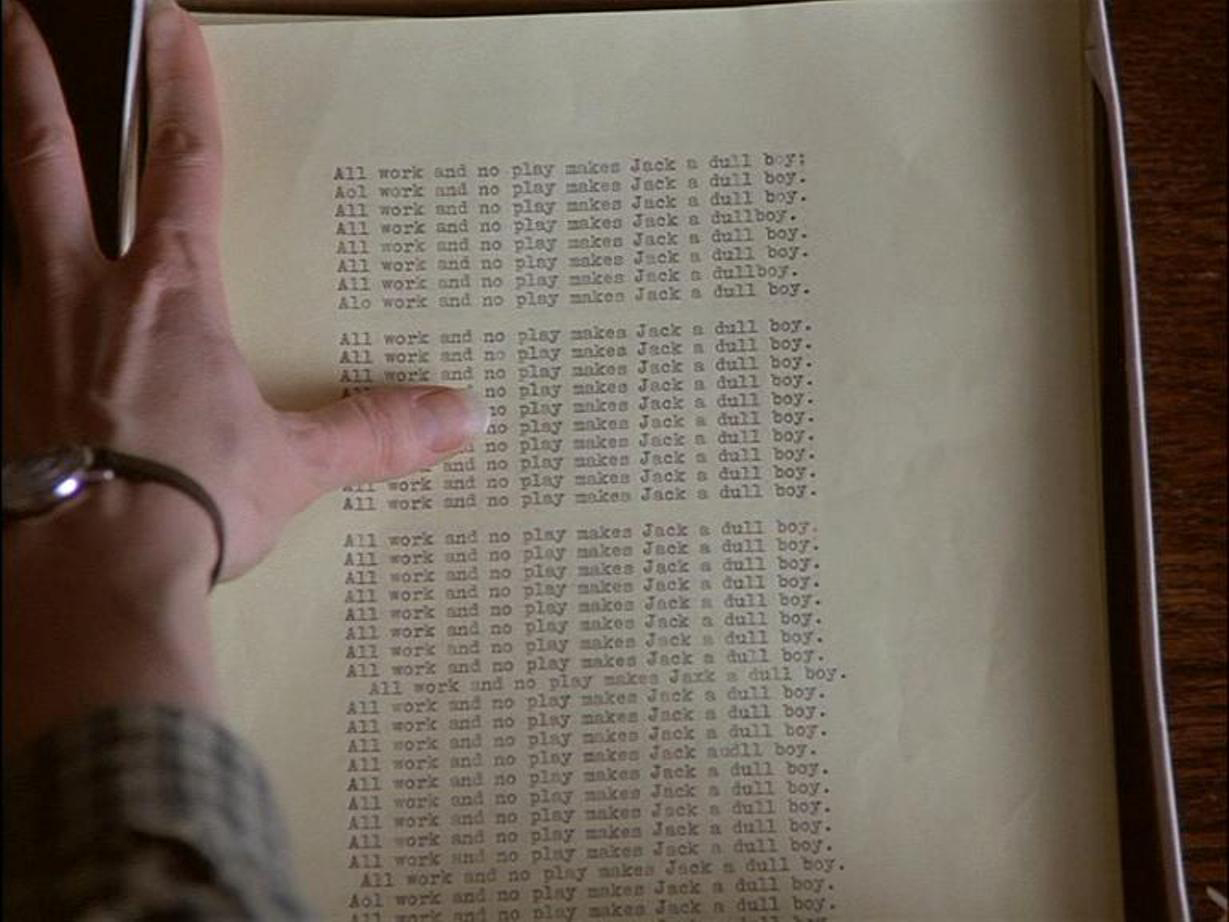
By comparing punk music to popular contemporary music genres, Laing is able to separate the differences between the mainstream society and the punk subculture described through musical form. Since punk has it's own form of dress-code, hairstyle, lifestyle, values, as well as themes such as anarchy, death, violence, and public disorder, it is maintained as a response to much of what the punk music is conveying through the songs. It's shock value of vulgarity, swearing, screaming, and qualities opposite to that of other popular music. For some, the shock content found within a lot of punk music is blocked by some listeners; that "the shock defense', the inability to ' digest' shock content, produces trauma. For the audience of an artistic event, the trauma involves what Barthes calls a 'suspension of language, a blocking of meaning'." (Laing, 455)
It is at this point where a conflict has been created. If the shock value of punk music is too strong within the music, listeners will not listen and therefore not understand. If the listener does not understand, then that individual is exempt from the punk sub-culture of rock music. Even if the individual may like the idea of mohawks, studded jackets, combat boots, and tattoos but do not enjoy a lot of punk music, they become what society calls a "poser" and therefore damage or hurt the ideologies and values of punk music because they lose their meaning among the individuals who do not like punk music.
Much like the subculture groups of graffiti artists or skinheads, punks are usually comprised of youth who are misguided and unwanted. Rejected from the normal mainstream culture of society or refusing to conform with it, they turn to the aggressive, hooligan-style party rockers who are not just those kids who do what they want, who are overly aggressive, sniff glue, get drunk, and make fools of themselves; No, these kids are youth looking to share a common belief in the idea of a different society where they are in control and those who are part of the mainstream culture are ridiculed and destroyed. They do not exploit themselves or their individuality through paint, names, or by occupying spaces but instead by the distribution of music, concerts, punk parties, clubs, and more.













